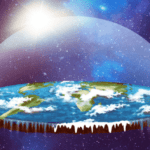The universe is a truly mind-boggling place. It’s so incredibly vast that we’re constantly finding new and surprising things out there. While many stars, planets, and galaxies might seem similar at first glance, space is also home to some truly unique characters. Get ready to explore some of the most wonderfully strange objects astronomers have ever spotted!
10 Wonderfully Anomalous Celestial Bodies
10. KELT-4Ab: A Hot Jupiter With Three Suns
Imagine looking up and seeing three suns in your sky! That’s the reality for KELT-4Ab, a gas giant planet nicknamed a “hot Jupiter” because it’s so close to its main star. This planet is about 1.7 times the size of our Jupiter. Its primary star, KELT-A, would look 40 times bigger in KELT-4Ab’s sky than our Sun does to us.
But that’s not all. KELT-A has two smaller star companions, KELT-B and KELT-C. These two stars are so far away that they take about 4,000 years to orbit KELT-A. Even from that distance, they would shine as brightly as our full Moon, appearing as dazzling points of light through a telescope.
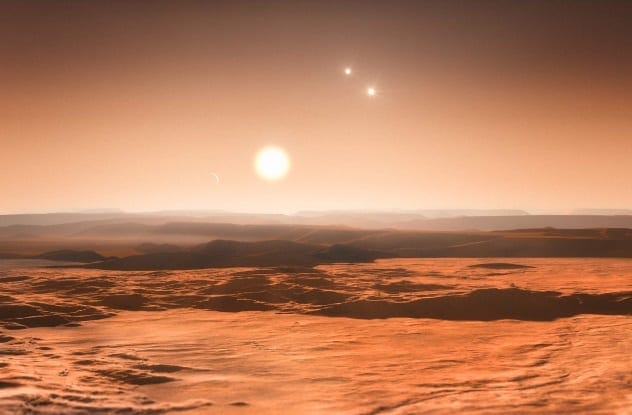
9. 2015 BZ509: The Little Asteroid That Could
Most objects in our solar system travel around the Sun in the same direction, like cars on a racetrack. This is because they formed from the same spinning disk of dust and gas. However, a small asteroid named 2015 BZ509, or “BZ” for short, likes to do things differently.
BZ shares Jupiter’s orbit, but it moves in the opposite direction! It’s the only known asteroid to do this while orbiting with a planet. Normally, an asteroid on such a path would get kicked out of the solar system by Jupiter’s strong gravity. But BZ, only about 3 kilometers (1.9 miles) wide, has a special trajectory. It cleverly swings outside Jupiter’s orbit on one pass and inside on the next. This balances out Jupiter’s gravitational pull, keeping BZ safe in its unusual path for millions of years.
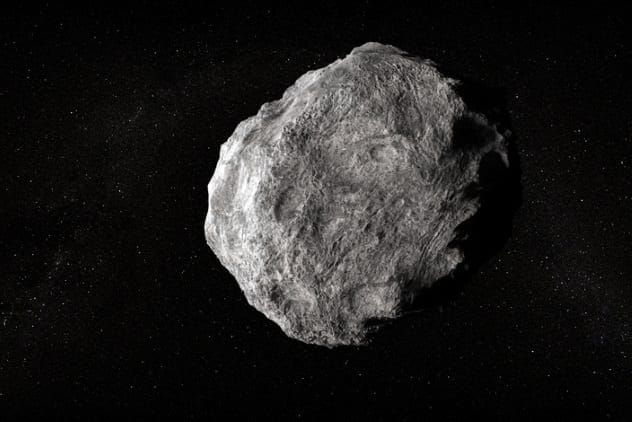
8. Charon: A Little Moon With Huge Features
Charon is Pluto’s largest moon, but don’t let its a “little moon” status fool you. At about 1,200 kilometers (750 miles) across – roughly half the size of Pluto – astronomers expected it to be a quiet, cratered world. But when NASA’s New Horizons spacecraft flew by, it revealed a surprisingly active and complex moon.
Charon boasts vast canyon systems, towering mountains, and even signs of landslides. Some parts of its surface are unexpectedly smooth. Scientists think this might be due to cryovolcanoes, or ice volcanoes, that erupt frosty materials, smoothing over the landscape. Charon is also marked by a massive network of cracks stretching 1,600 kilometers (1,000 miles) across its face. This includes a canyon that, in places, is up to five times deeper and four times longer than Earth’s Grand Canyon!
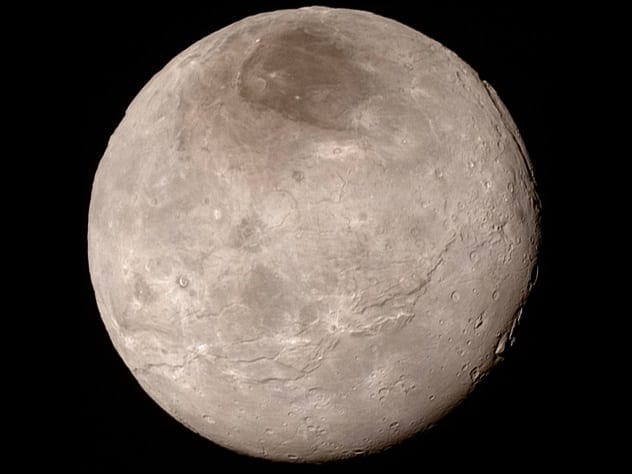
7. ZF-COSMOS-20115: A Dead Galaxy That’s Too Old
Stars change color as they age. Young, hot, massive stars shine a brilliant blue. Older, dying stars turn redder. When a galaxy stops making new stars, it’s considered “dead” and glows mostly red. Astronomers have found many dead galaxies, but ZF-COSMOS-20115 is special – it’s the oldest one discovered so far, and its age is causing a stir.
This galaxy stopped producing stars when the universe was only about 1.65 billion years old. This is puzzling because galaxies at that early time should have been bustling with star formation. Even stranger, ZF-COSMOS-20115 has about three times as many stars as our Milky Way. Galaxies from the dawn of time aren’t expected to be so massive. Scientists believe it created all its stars in a single, intense burst that lasted just 100 million years.
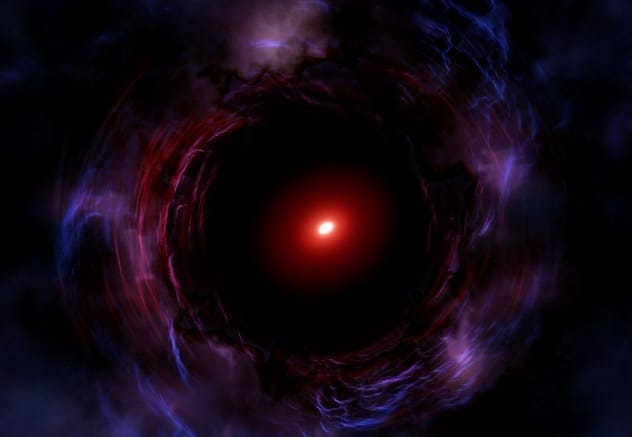
6. AR Scorpii: A White Dwarf Pulsar
White dwarfs are usually the calm, fading leftovers of stars like our Sun. They’ve burned through their fuel and are essentially dead. But AR Scorpii is no ordinary white dwarf. It’s behaving like a pulsar, a much more powerful type of dead star, shooting out hot, radioactive beams.
AR Scorpii is part of a binary system, or_biting a red dwarf star about a third the mass of our Sun. They are very close, only 1.4 million kilometers apart, and complete an orbit in just 3.6 hours. Compared to its red dwarf companion, AR Scorpii is tiny – about the size of Earth – but it packs 200,000 times more matter. As AR Scorpii spins, its incredibly strong magnetic field (100 million times stronger than Earth’s!) causes its beams to sweep across the red dwarf. This accelerates electrons near the red dwarf to almost the speed of light, creating a stunning light show every two minutes.
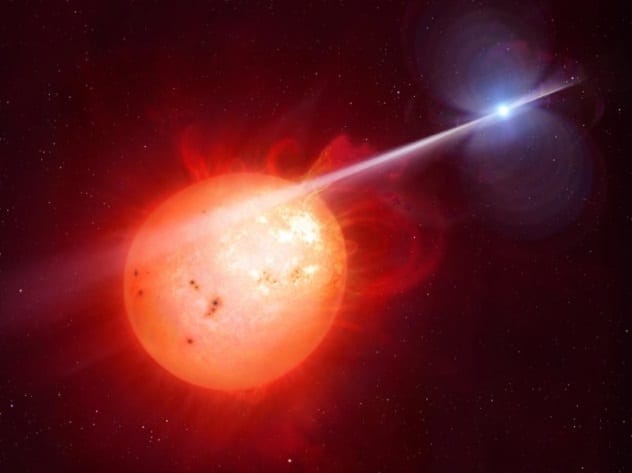
5. GJ 1132b: An Earth-Like Planet With An Atmosphere Of Steam
Meet GJ 1132b, a planet about 39 light-years away that’s somewhat like Venus. It’s the most distant Earth-like planet for which scientists have confirmed an atmosphere. This planet is about 1.6 times the mass of Earth and orbits very close to its small, faint red dwarf star, completing a trip every 1.6 days.
Astronomers detected its atmosphere by noticing a dip in infrared light as the planet passed in front of its star. This suggests a thick atmosphere rich in water and methane. While GJ 1132b itself is scorching hot at 370 degrees Celsius (698 degrees Fahrenheit) – too hot for life as we know it – this discovery is a big step in the search for alien life. Being able to find atmospheres on distant planets helps us identify which worlds future super-telescopes should examine more closely for signs of habitability.
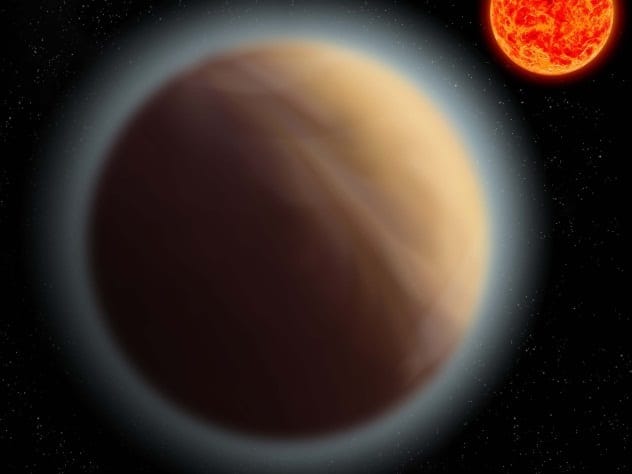
4. LEDA 074886: A Rectangular Galaxy
Gravity is the universe’s sculptor, shaping galaxies into various forms, like spirals or ovals. But astronomers had never seen anything quite like LEDA 074886, nicknamed the “emerald-cut” galaxy. It’s surprisingly rectangular, like a cosmic shoebox!
Inside its boxy, fuzzy glow, LEDA 074886 hides a huge disk of stars. Astronomers have measured this disk rotating at about 33 kilometers per second (21 miles per second). However, we can’t see its exact shape because the galaxy is oriented edge-on from our viewpoint on Earth. Located 70 million light-years away, LEDA 074886 lives in a crowded neighborhood with about 250 other galaxies. Its unusual shape might be the result of two smaller galaxies merging long ago.
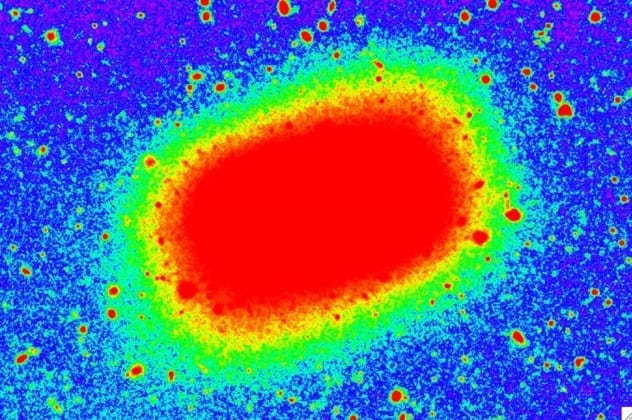
3. Io: A Moon With A Collapsing Atmosphere
Atmospheres don’t usually just collapse, but on Jupiter’s moon Io, it’s a regular event. Io is the innermost of Jupiter’s four largest moons and is constantly battered by Jupiter’s intense radiation. Despite this, it manages to hold onto a thin atmosphere rich in sulfur dioxide.
Io is the most volcanically active world in our solar system. Its many volcanoes and vents constantly spew out sulfur dioxide. This gas forms Io’s atmosphere, but there’s a catch. Io orbits Jupiter every 1.7 Earth days, and for two hours during each orbit, it passes into Jupiter’s shadow. In the darkness, temperatures plummet, causing the sulfur dioxide atmosphere to freeze and fall to the surface as frost. When Io moves back into sunlight, it warms up, and the sulfur dioxide ice turns directly back into a gas, reforming the atmosphere. What a cycle!
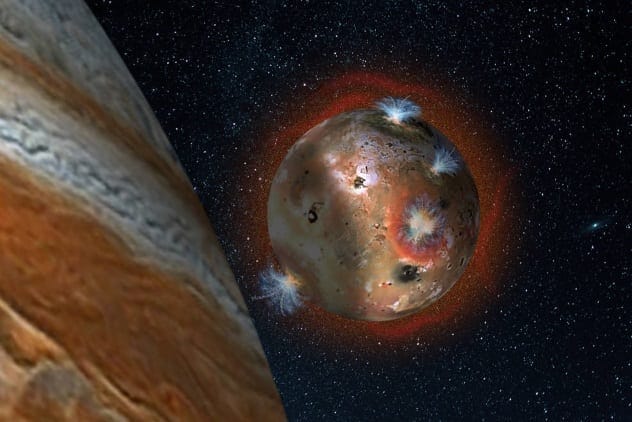
2. Stars Born From Destruction
We usually think of black holes as cosmic destroyers, gobbling up anything that gets too close. But it turns out they can also help create new things. For the first time, scientists have observed stars being born from the powerful outflow of material from a supermassive black hole. These stars are forming about 600 million light-years away.
Typically, stars form in relatively calm clouds of gas called stellar nurseries. Now, researchers have confirmed that stars can also be created in the much more chaotic environments around feasting black holes. The black hole in this case is at the center of two merging galaxies, known together as IRAS F23128-5919. While black holes can blast out gas and stop star formation in a galaxy, in this situation, the turbulent outflows have become a fertile ground for new stars. These newborn stars are incredibly hot, bright, and massive – some up to 30 times the mass of our Sun.
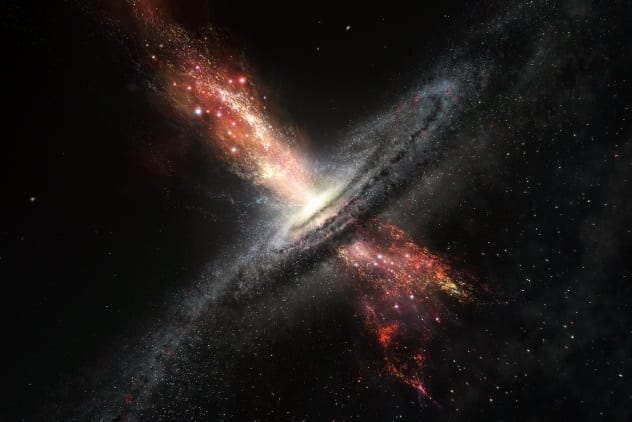
1. MACS1423-z7p64: A Uniquely Ancient Galaxy
For the first few hundred million years after the Big Bang, the universe was filled with a dense fog of hydrogen gas. This fog blocked certain kinds of light, making it hard for us to see what the very early universe looked like. Then, the first stars and galaxies began to appear. Their light ionized the gas, clearing the fog and making the universe transparent.
Recently, astronomers spotted one of these ancient galaxies, MACS1423-z7p64. It’s the faintest and smallest ancient galaxy ever found, existing when the universe was just 700 million years old, an amazing 13.1 billion years ago. It’s much smaller and fainter than the few other galaxies seen from this early period. Scientists were only able to see it thanks to a cosmic coincidence: a massive cluster of 155 galaxies between us and MACS1423-z7p64 acted like a giant magnifying glass, amplifying its faint light.

These incredible discoveries remind us that the universe is full of surprises. From planets with multiple suns to galaxies that defy our understanding of cosmic evolution, there’s always something new and wonderfully strange waiting to be found. Each new anomaly helps us piece together the grand puzzle of the cosmos.
Which of these cosmic oddities fascinates you the most? Leave your comment below!






